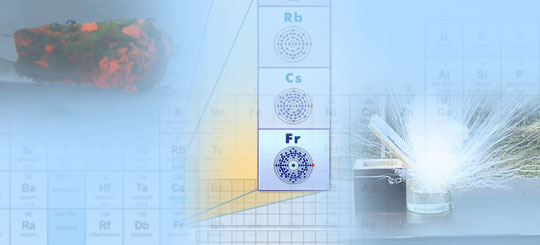Physical chemistry is the sub-branch of the chemistry. Chemical kinetics is a vital topic in physical chemistry and mainly deals with helping students understand the different aspects of a chemical reaction. The word ‘kinetics’ refers to the rate of change of some quantity. For instance, the rate of change of displacement is given as velocity.
What is chemical kinetics?
The chemical kinetics of the reaction gives information about the reaction mechanism and reaction rate. The mechanism of the reaction and the characteristics of a chemical reaction are dealt with these chemical kinetics. The rate of reaction, the order of the reaction are the main branches of kinetics.
Rate of reaction
The rate of reaction or reaction rate is the speed at which reactants are converted into products. When we highlight on chemical reactions, it is a given fact that rate at which they occur varies by a great deal. Some chemical reactions are nearly instantaneous, while others usually take some time to reach the final equilibrium.
Factors affecting the rate of reaction
- Nature of the reaction: The rate of reaction completely depends on the type and nature of the reaction.
- Effect of concentration on reaction rate: If the concentration of reactants is increased, the number of colliding particles will increase thereby, increasing the rate of reaction.
- Pressure factor: Pressure increases the concentration of gases which in turn results in the increase of the rate of reaction.
- Temperature: If the temperature is increased, the number of collisions between reactant molecules per second increases, hence that increases the rate of the reaction.
- Solvent: The properties of the solvent and ionic strength adversely affect the reaction rate.
- Order: The order of a reaction depicts the reactant pressure or concentration that affects the rate of reaction.
Alkaline earth metals
The whole periodic table is classified into metals, non-metals, and metalloids based on their properties. Amongst metals, it is further classified as alkali metals, alkaline earth metals, and so on. Each group of metals has their own properties and features.
What are alkaline earth metals?
Alkaline earth metals are the elements that correspond to group 2 of the modern periodic table. Elements whose atoms have their s-subshell filled with their two valence electrons are called alkaline earth metals. Their general electronic configuration is [Noble gas] ns2. They occupy the second column of the periodic table and so-called group two metals also.
This group of elements includes radium, barium, strontium, calcium, magnesium, and beryllium.
Properties of alkaline earth metals
- These metals have increased cationic charges.
- Their ionic size and atomic size of the elements are reduced.
- Hydroxides and oxides of alkaline earth metals are less basic in comparison with other metals.
- Example of some compounds of calcium is calcium carbonate, calcium hydroxide, etc.
Applications of alkaline earth metals
- Used in manufacturing alloys. Example magnesium
- Used in fireworks
- Used in X-ray tubes
- Used in construction of air crafts
- Used in the extraction of metals from their oxides
Chemical kinetics and Alkaline earth metals are the two vast and different branches of chemical science. Both have their significance and play a major role in chemistry. These help in determining the parameters of a chemical reaction and properties of metals respectively.
